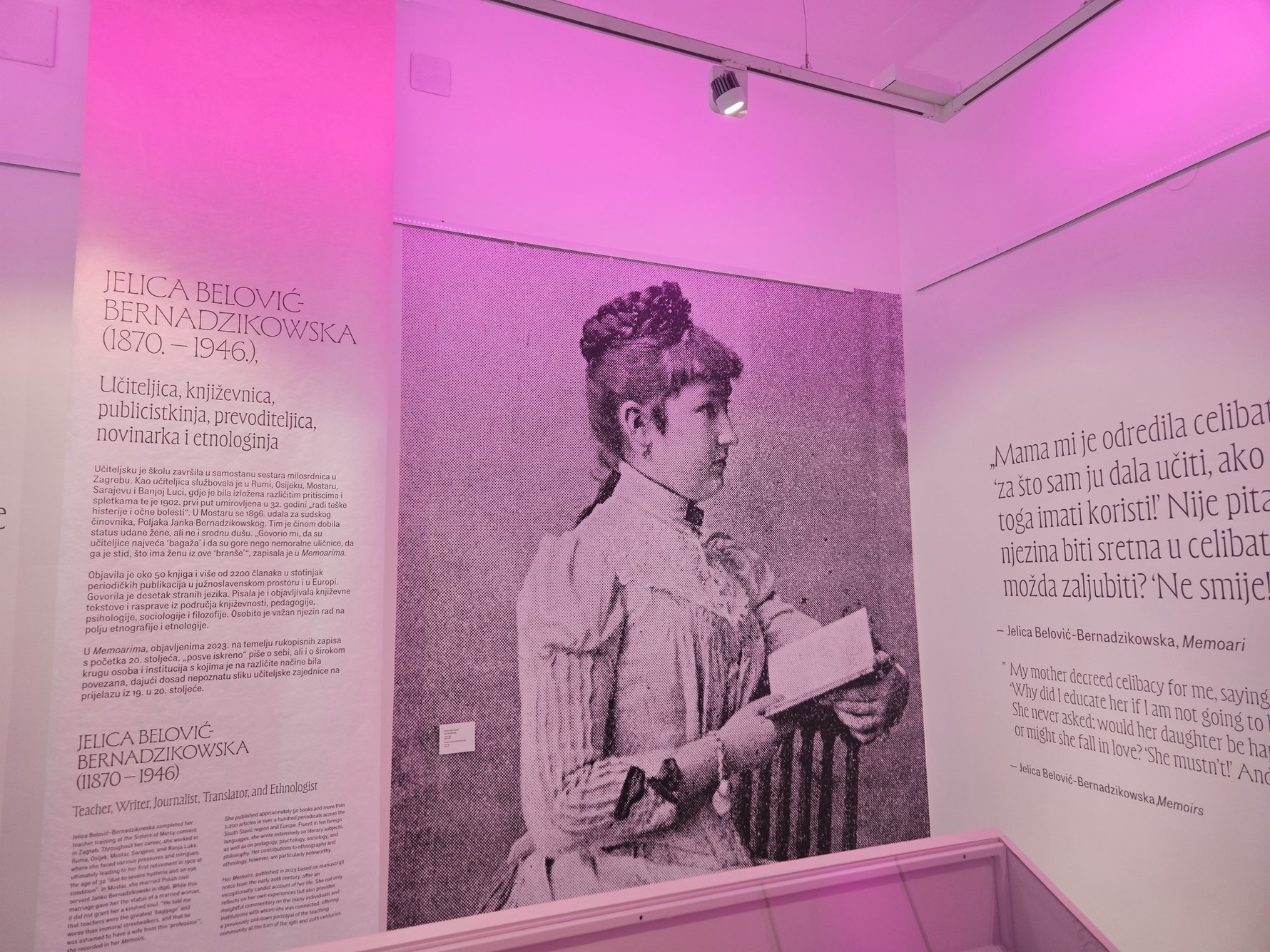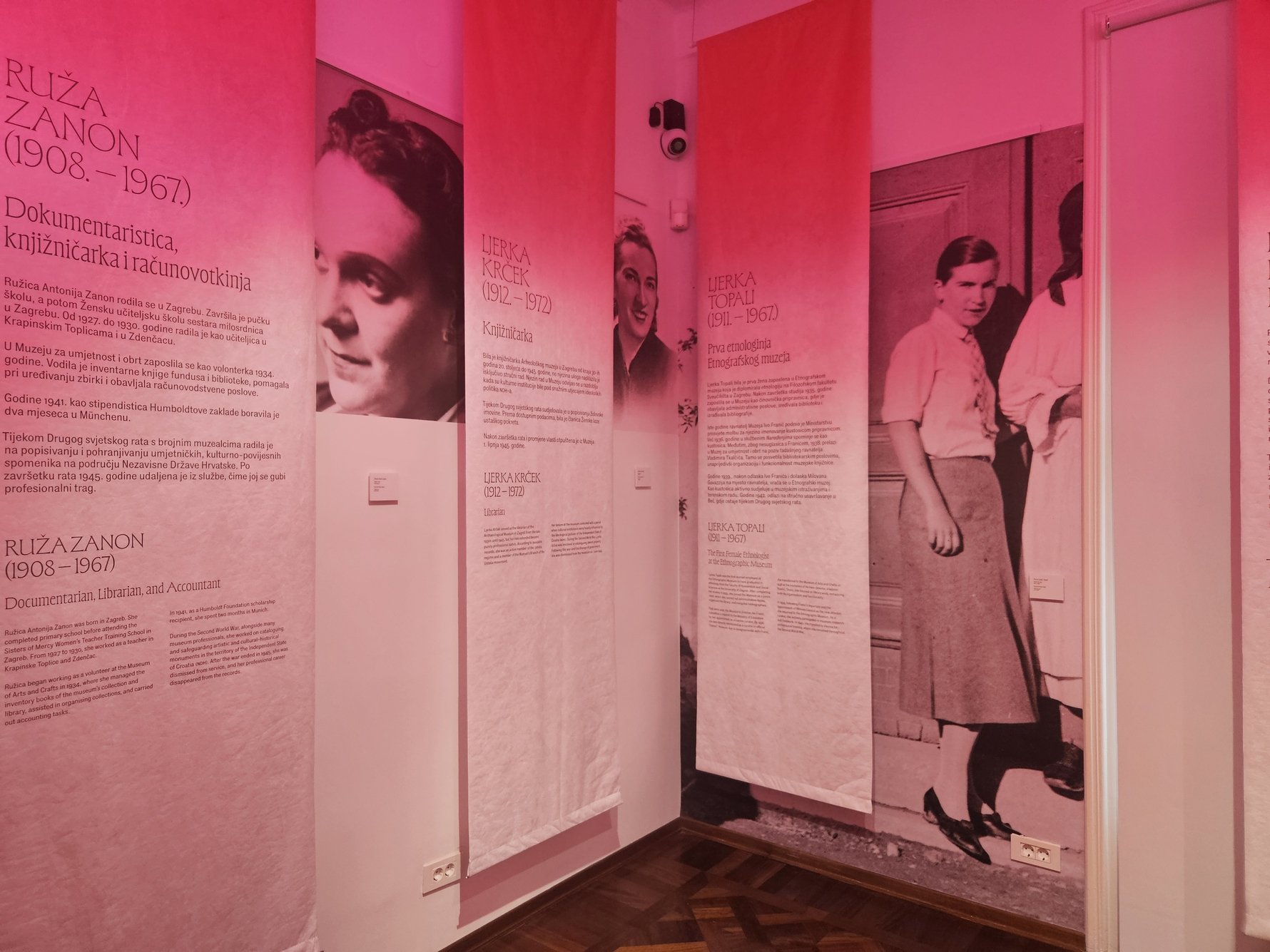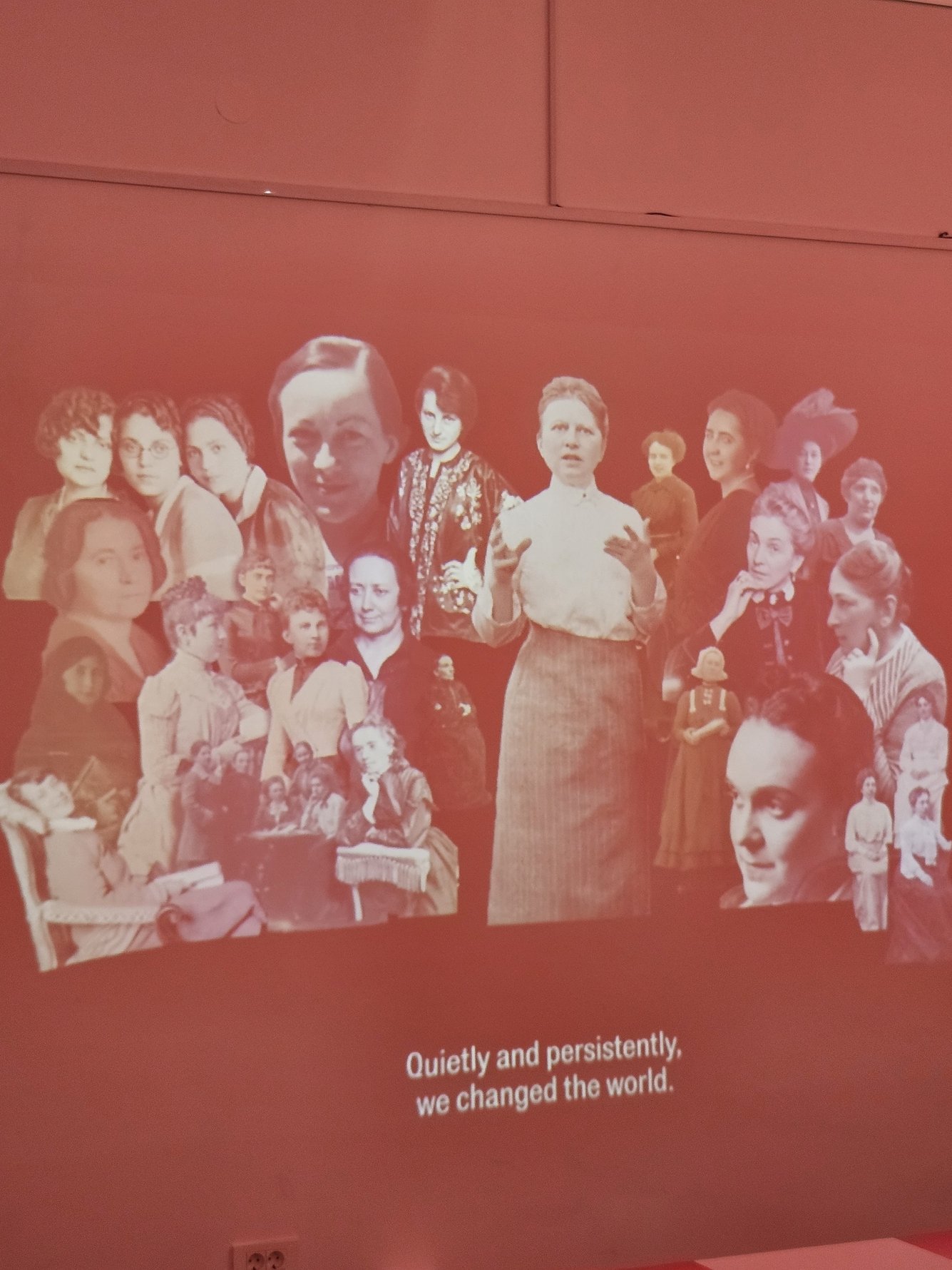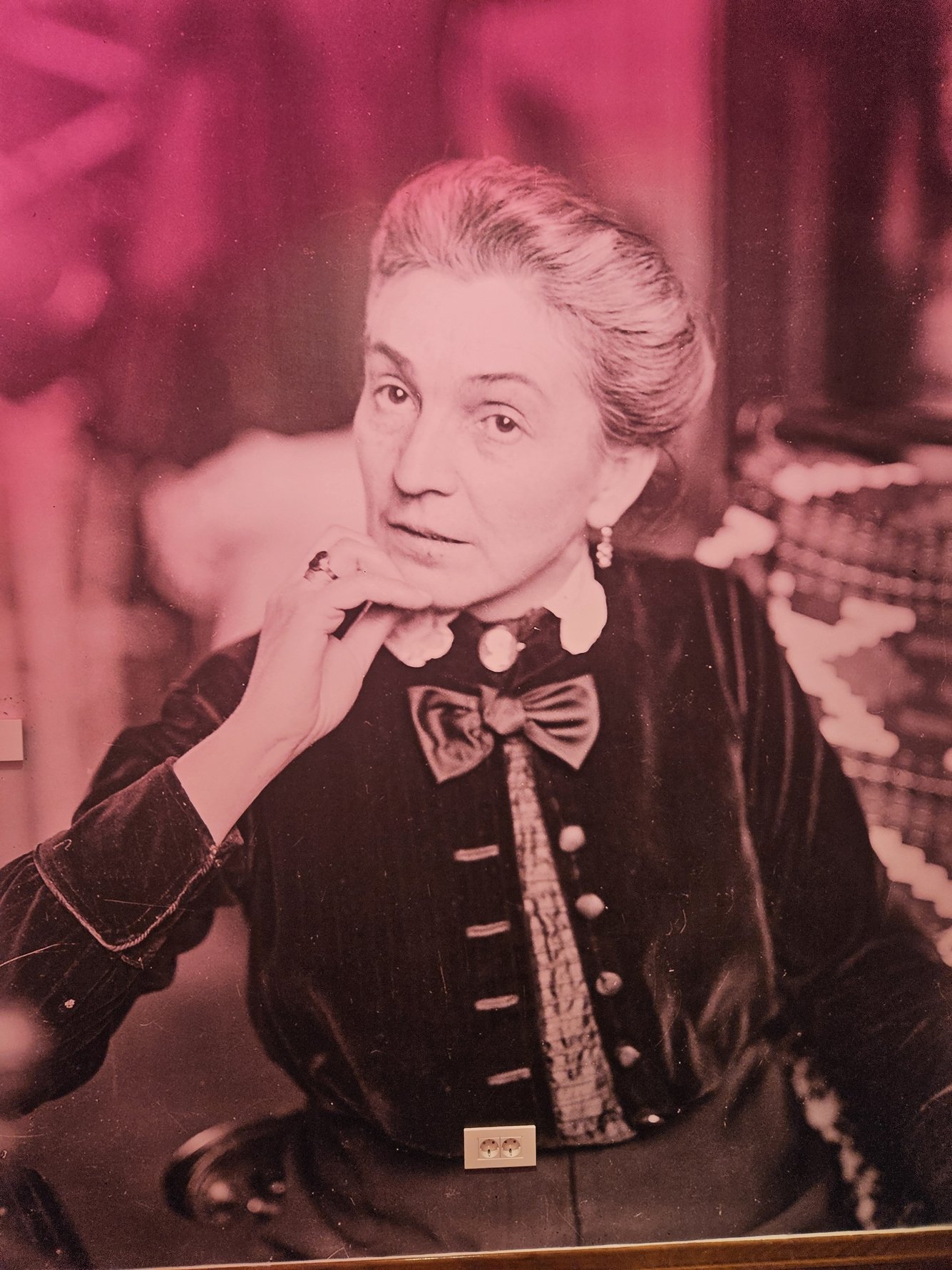Step into a compelling journey through time at the Archaeological Museum in Zagreb, proudly presenting “Hidden Historia – The First Women of Zagreb’s Museums”—a landmark exhibition and the first-ever joint project of four of Zagreb’s premier museums: the Archaeological Museum, the Ethnographic Museum, the Croatian School Museum, and the Museum of Arts and Crafts.
This unique collaboration brings to life the fascinating stories of pioneering women museum professionals—curators, painters, sculptors, poets, designers, and textile experts—who, despite facing numerous barriers, left an indelible mark on the fields of ethnology, anthropology, museology, art, design, and education. Through rich archival materials, innovative multimedia installations, and heartfelt interviews with descendants, the exhibition offers fresh, insightful perspectives on history and recontextualizes the extraordinary contributions of these women.

Among the remarkable figures spotlighted is Klotilda Cvetišić, recognized as Croatia’s first female curator. In 1901, she made history by organizing the very first exhibition of traditional folk costumes. Not only a museum trailblazer, Cvetišić was also a dedicated teacher and the first female professor in Croatia, appointed at the Men’s Teacher Training School in Osijek. Her story reveals a broader pattern: many of the first women in museums were also educators—a testament to how women had to prove themselves in complex professional roles to earn their place in the cultural sector.
Yet, their paths were far from easy. The exhibition does not shy away from exposing the harsh realities these women faced—from systemic undervaluing to outright dismissal. One harrowing example is the story of Dora Fanova, a poet and scholar who earned a doctorate, only to be fired by a museum director who deemed her “not intelligent,” “unable to care for herself,” and “unfit for life.” These deeply unjust judgments highlight the pervasive gender prejudice of the era.
Visitors will gain a deeper understanding of how gender stereotypes, institutional obstacles, and cultural biases shaped the professional journeys of these trailblazers—and how their invaluable work was often overlooked or underappreciated in mainstream historiography.
But “Hidden Historia” goes beyond historical documentation; it serves as a vital platform for dialogue on contemporary social issues. It aims to restore the voices of women who profoundly shaped Croatian cultural life but have long remained in the shadows.


Why visit? This pioneering exhibition reveals previously untold stories of the women who built Zagreb’s museums and enriched its cultural fabric. Visitors will enjoy a rare opportunity to explore the connections between these four institutions and to learn about the shared experiences of the first women employed in them.
More than just a museum exhibit, this is a celebration of resilience, creativity, and legacy—inviting you to reflect on the past while inspiring conversations about equality and recognition today.
Don’t miss this extraordinary chance to discover how Zagreb remembers—and honors—the remarkable women who helped write its cultural history.





Comments